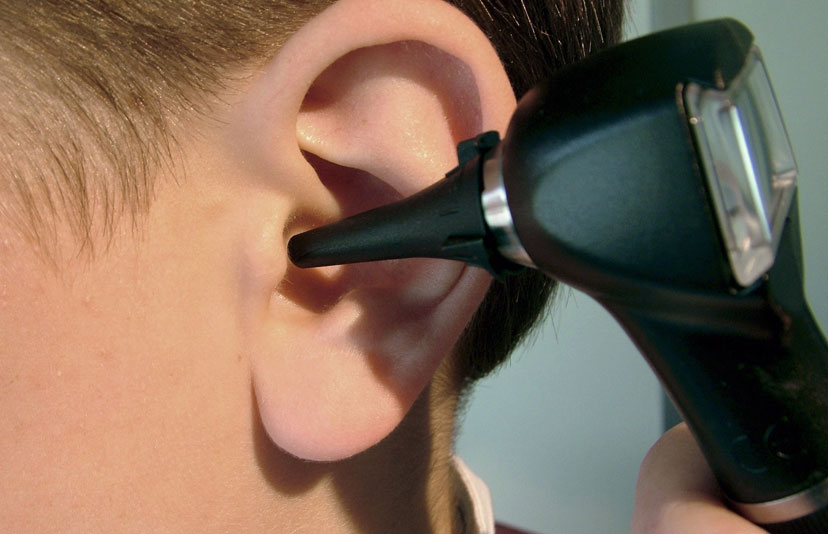
Tympanostomy is a surgical procedure performed to improve the drainage of infected fluid from the middle ear. An ear tube is implanted into the eardrum to drain the fluids.
About the Procedure:
Tympanostomy, also known as ear tube insertion, is the placement of a pressure equalizer tube to treat middle ear fluid that is present in the middle ear space. In certain cases, this fluid can cause otitis media in addition to hearing loss.
This procedure is commonly conducted on children who suffer from repeated ear infections. The ear tube enables air circulation through the middle air, leading to the drainage of the fluid and preventing the future buildup of fluids in the ear.
Why is Tympanostomy Conducted?
Otitis media or middle ear infection is a very common condition in children between the ages of 4 months to 5 years. Tympanostomy is considered when the infection and the pain caused by the infection does not improve with over-the-counter medications, ear drops, or decongestants.
Some other reasons for tympanostomy include:
- Hearing loss
- Chronic pain
- Repeated ear infections
- Fluid buildup in both the ears for an extended period of time
The doctor will recommend the surgery based on the patient’s age, medical history, and overall health. However, there are possibilities of a recurrence of fluid buildup after a tympanostomy. This may call for a repeat tympanostomy.
Preparing for the surgery:
Before the procedure
The surgeon or the doctor will discuss all possible risks and benefits of the procedure with the patient. The consumption of any over-the-counter medication, vitamins, herbs, supplements etc., must be communicated with the doctor. Parents should prepare their children for the surgery with the help of the healthcare team and answer any questions the children may have.
During the procedure
The surgeon will then proceed to make a small incision on the eardrum, and this procedure is known as myringotomy. This incision is for the fluid to be suctioned out before the ear tube is inserted. The ear tube is inserted in the opening of the eardrum to allow air circulation and promote the ongoing drainage of fluids.
After the procedure
The surgery is performed as an outpatient procedure and takes only 10-15 minutes. Patients will be monitored for some time .Most of the symptoms, such as pain and hearing loss, are usually relieved immediately. The ear tubes are usually kept in place for 6-12 months and typically fall out on their own.
Patients can return to their normal activities after the surgery. The ear tubes and ears should be kept clean and dry to prevent the recurrence of another infection. Patients must be vigilant while taking a bath and during activities such as swimming where the chances of water entering the ear canals are high.
Follow up appointments with the doctor can be helpful to monitor the healing process and for faster recovery.
Benefits of Tympanostomy:
Some of the benefits of tympanostomy are:
- Reduces the chances of ear infection
- Better hearing
- Prevents the buildup of fluids
- Pain relief
- Allows air circulation
Risks of tympanostomy:
Some of the possible risks of tympanostomy and ear tubes include:
- Recurrence of infection
- Bleeding
- Tearing of eardrum
- Excessive fluid or pus drainage
- Hearing loss caused by a thickened eardrum
If the patient is facing any of the symptoms mentioned above, they should consult the doctor immediately.
Conclusion:
Tympanostomy improves and prevents hearing loss, pain or infection caused in the ear in children. The recurrence of infections is usually low. Children benefit particularly as they gain better sleep, clearer speech, and better social behaviour patterns since the pain and irritation caused by otitis media or other similar infections can severely affect these areas of life.

Why Choose Apollo Healthcare?
Established By Dr Prathap C Reddy In 1983, Apollo Healthcare Has A Robust Presence Across The Healthcare Ecosystem. From Routine Wellness & Preventive Health Care To Innovative Life-Saving Treatments And Diagnostic Services, Apollo Hospitals Has Touched More Than 120 Million Lives From Over 120 Countries, Offering The Best Clinical Outcomes.
7,000+Healing Hands
4,000+Pharmacies
170+primary care & diagnostic clinics
70+Hospitals






